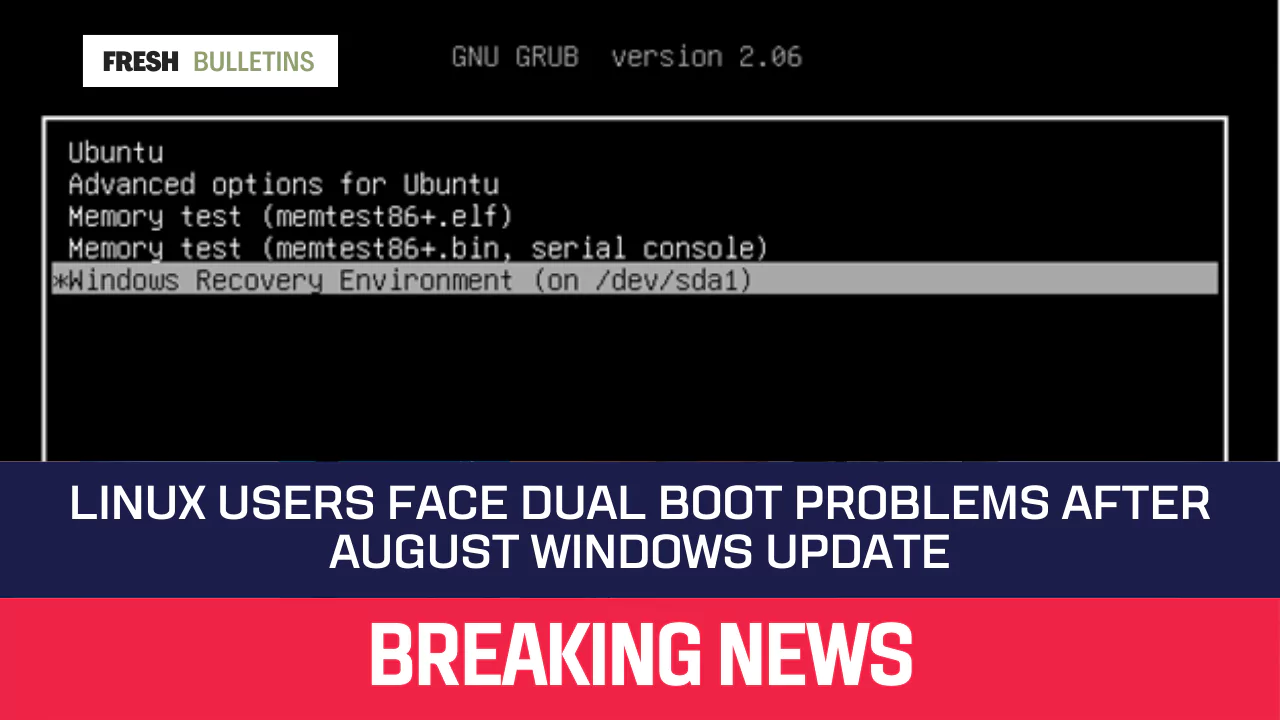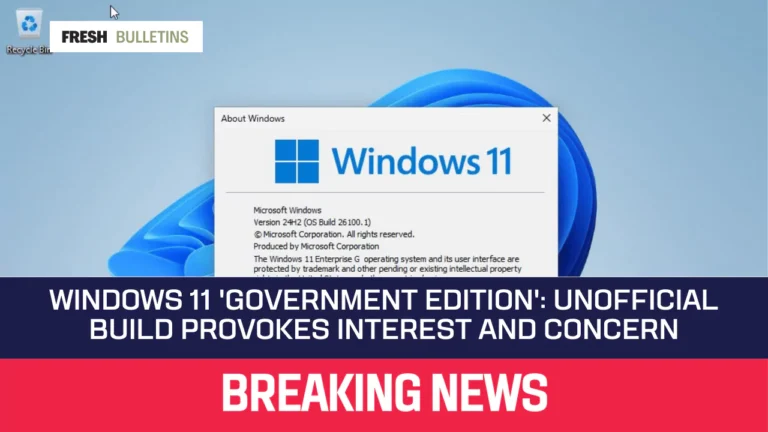Linux Users Face Dual Boot Problems After August Windows Update
In August 2024, many Linux users experienced serious problems with dual boot systems after installing the latest Windows update. This issue primarily affects systems using Secure Boot. Users found that their computers would not start up properly after the update. This article will explain what happened and how users can potentially fix their devices.
What Caused the Problem?
The key issue relates to a security feature called Secure Boot. Microsoft included an update that changed how Secure Boot works. This change was meant to protect Windows computers from a security risk in the GRUB2 boot loader used by Linux. This boot loader helps start Linux systems. The security risk, known as CVE-2022-2601, could allow unapproved software to run during startup. To address this risk, Microsoft’s update blocked some Linux boot loaders that had not been updated to fix the problem.
Many Linux users had trouble even when their systems were designed to dual boot Windows and Linux. The expected behavior was that dual-boot setups would not be affected. However, reports from users indicated that after they installed the update, their systems failed to boot.
What Errors Did Users See?
Users reported specific errors when trying to start their computers. One common message was “Verifying shim SBAT data failed: Security Policy Violation.” This message means there was a problem checking important security information. For some users, their devices would turn off suddenly after this error message.
These issues were observed across many popular Linux distributions. Ubuntu, Linux Mint, Zorin OS, and Puppy Linux users all reported problems. These distributions are widely used and expected to function correctly in dual-boot setups.
What Can Affected Users Do?
Users looking to fix the problem have a few options. The most straightforward solution appears to be disabling Secure Boot. Disabling this setting allows the computer to start up without checking the Secure Boot policies. However, disabling Secure Boot can reduce the security of the system. Once Secure Boot is off, users can reinstall or update their preferred Linux distribution.
After the installation is complete, users can enable Secure Boot again. This method may restore the ability to use the dual boot setup. Users should check with their Linux distribution to ensure they have the most recent version available. This version may include updates necessary to work with Secure Boot.
Is There Any Official Response?
Microsoft has yet to provide a clear statement regarding these dual boot issues. They claim that the changes should not impact dual-boot systems. However, user reports suggest otherwise. The lack of acknowledgment makes it hard for users to know if they will receive support or if further updates may fix the problem.
Many users feel frustrated by the situation. They expect that Microsoft would ensure compatibility with popular operating systems, including Linux. The expectation is especially crucial for users who rely on dual-boot setups for work or personal use.
Community Feedback
The Linux community has also responded to the issue. Many users are discussing possible workarounds and solutions through forums and online discussions. This platform has become a valuable resource for those experiencing problems. By sharing their experiences and solutions, users are helping one another navigate the problem.
Some users suggest editing additional boot settings in the UEFI firmware. Others recommend checking for new updates from Linux distributions that may address these issues. Staying updated is critical, as developers are likely working on solutions.







